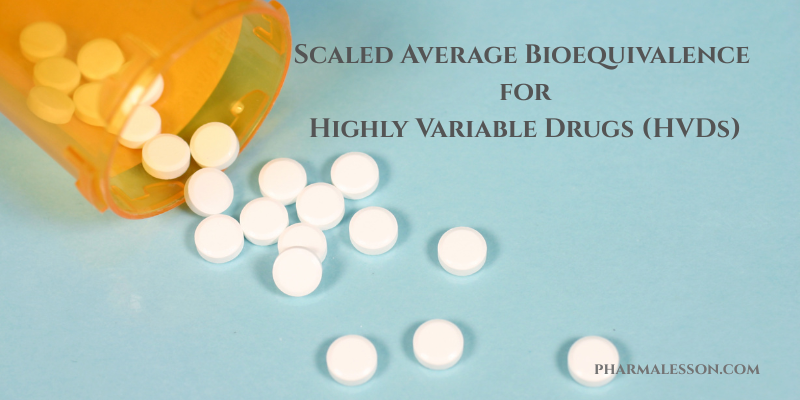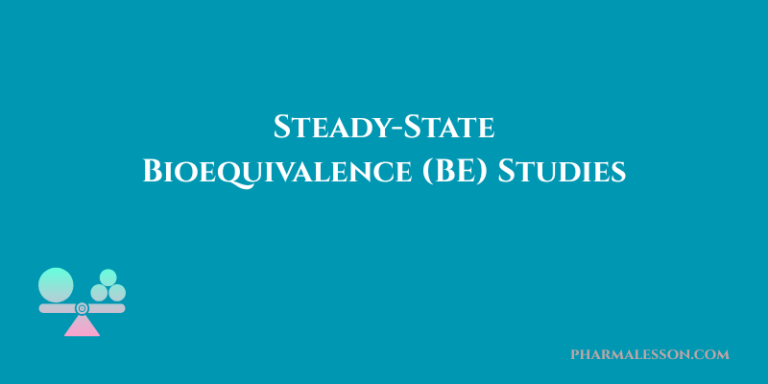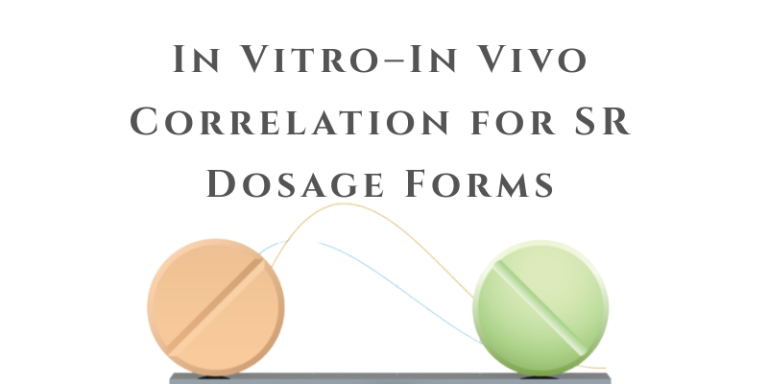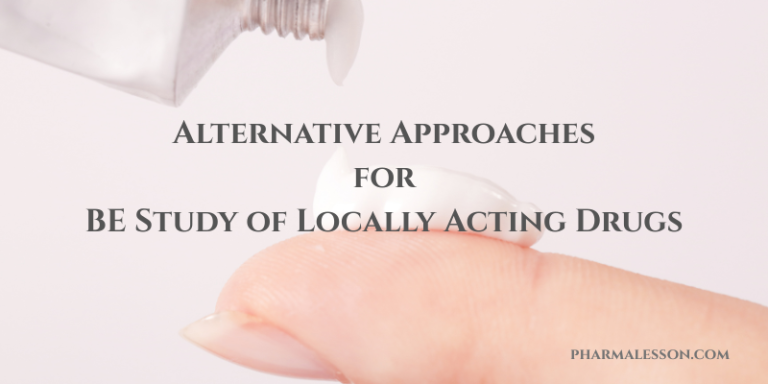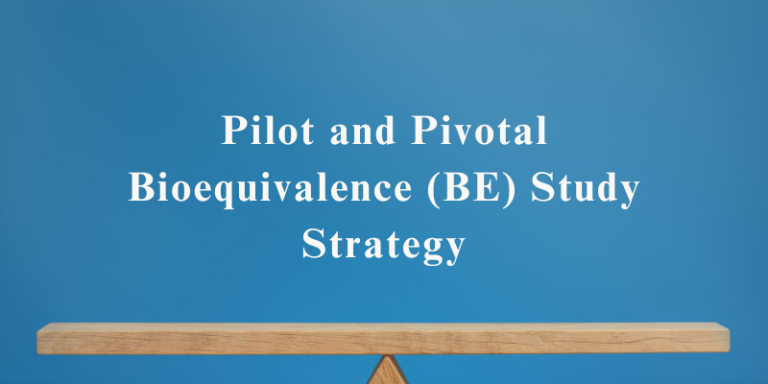Scaled Average Bioequivalence (SABE) for Highly Variable Drugs (HVDs)
While traditional Average Bioequivalence (ABE) works well for most drugs, some cases require advanced approaches. Certain drugs exhibit high intra-subject variability (>30% coefficient of variation, CV), making it difficult to demonstrate BE using traditional methods.
SABE is a statistical approach that adjusts BE acceptance limits based on the drug’s inherent variability, preventing unnecessary study failures while maintaining patient safety and drug efficacy. Key aspects include:
Application Scope – Used primarily for highly variable drugs, which include certain cardiovascular drugs (e.g., antiarrhythmics), central nervous system (CNS) drugs (e.g., antidepressants, anxiolytics), and other drugs with high variability in absorption.
Regulatory Adoption – Regulatory agencies such as the U.S. Food and Drug Administration (FDA), European Medicines Agency (EMA), and World Health Organization (WHO) have guidelines for using SABE to assess BE in highly variable drugs.
Statistical Methodology – Uses reference-scaled average bioequivalence (RSABE) based on intra-subject variability in the reference product. A wider confidence interval is employed, ensuring robust comparison between test and reference formulations.
Impact on Study Design – Reduces sample size requirements compared to traditional BE studies, optimizing resource use while maintaining scientific rigor.
Regulatory Considerations – Although SABE is widely accepted, different agencies may have varying thresholds and requirements for implementation, making regulatory strategy an essential factor in study planning.
EMA Guidelines – EMA guidance on SABE specifies that highly variable drugs should be assessed using a reference-scaled approach when intra-subject variability exceeds 30%. It allows widened confidence intervals while maintaining strict criteria for bioequivalence acceptance. Additionally, studies must ensure compliance with Good Clinical Practice (GCP) and appropriate statistical evaluation.
With the continuous evolution of BE assessment strategies, researchers and regulatory experts must stay updated on innovative approaches to ensure compliance and efficient drug development.
Read also:
- Differences Between RSABE and Traditional ABE Approaches
- Regulatory Approaches for Bioequivalence Study of Highly Variable Drugs (HvD)
Resource Person: Pradip Kokane

